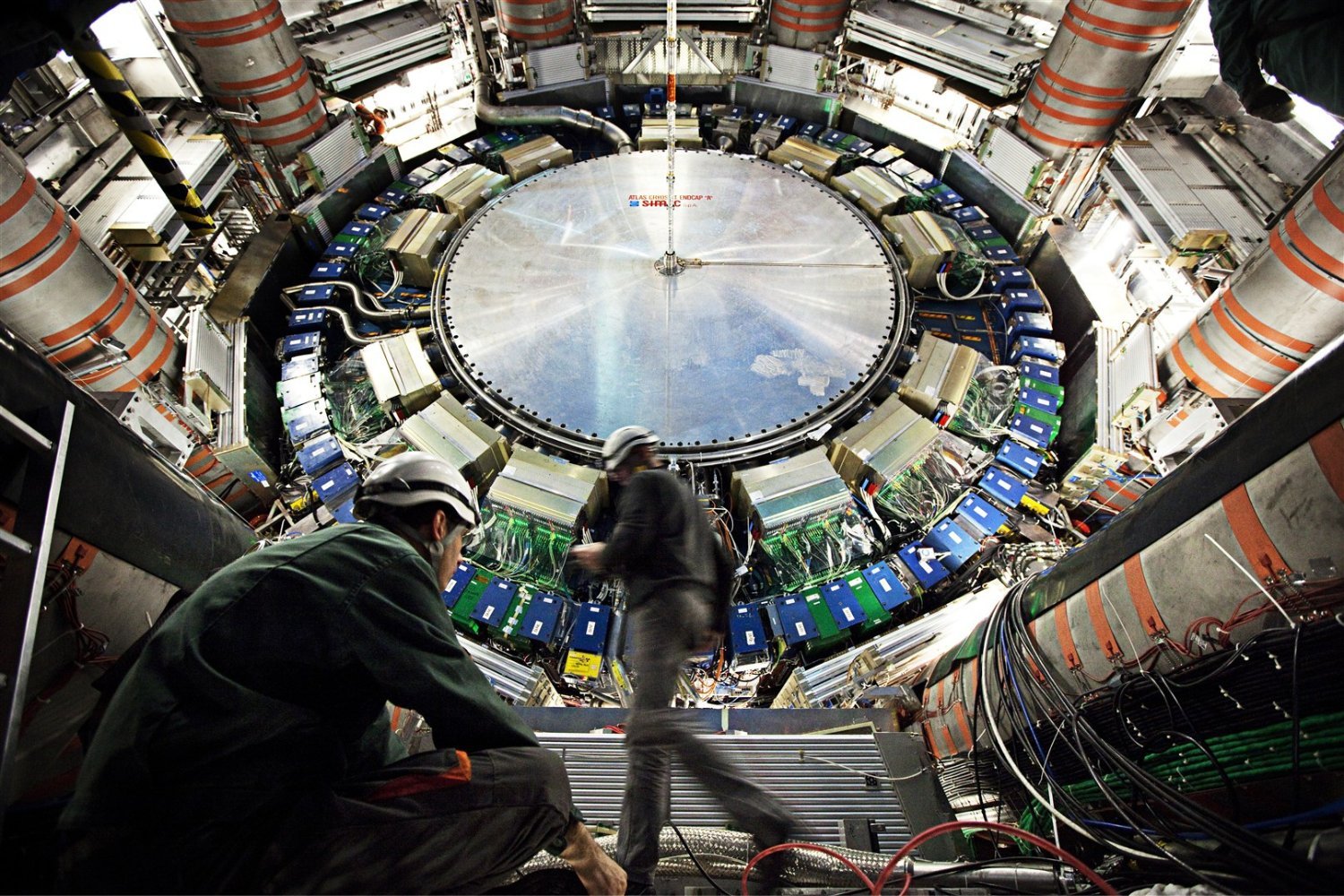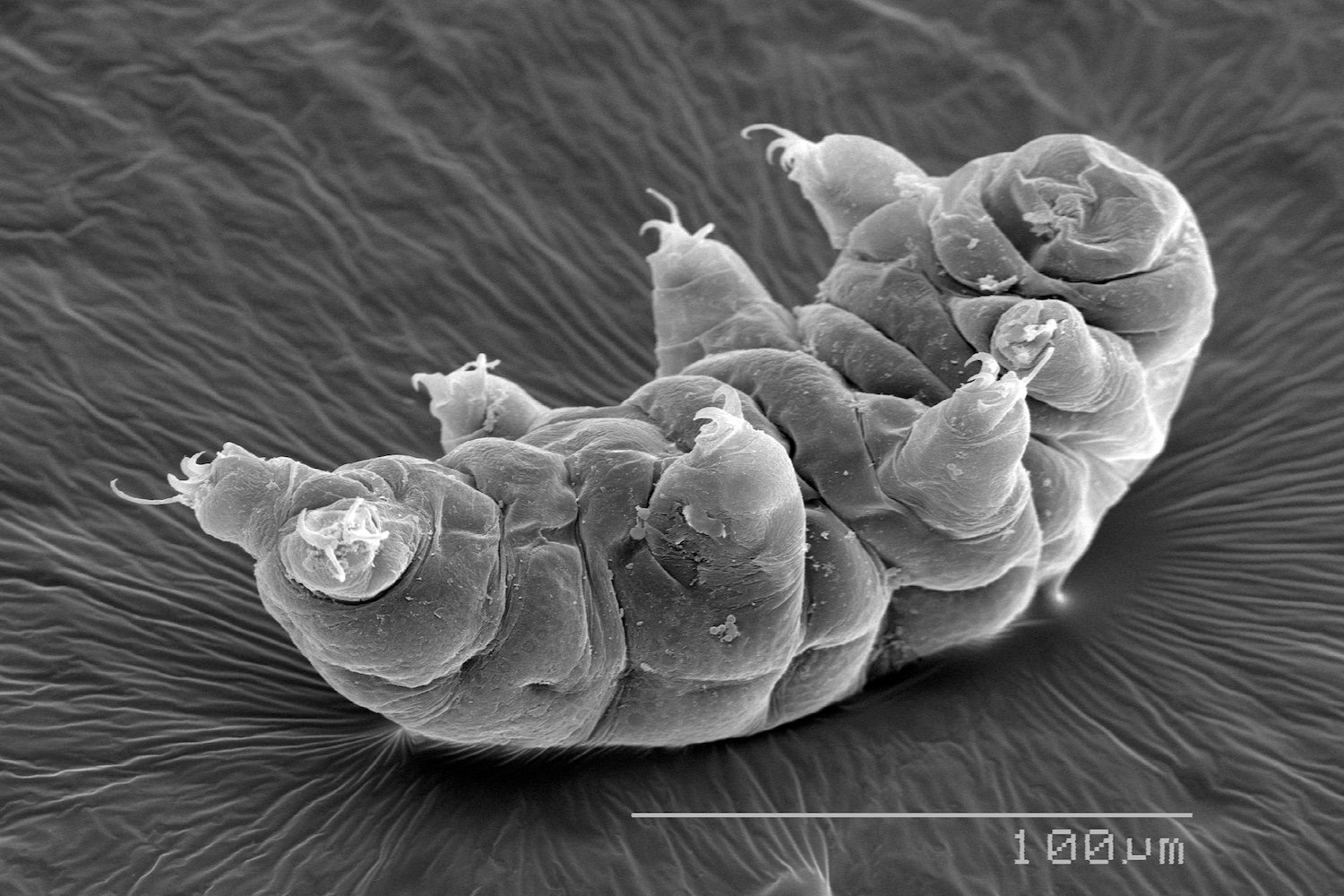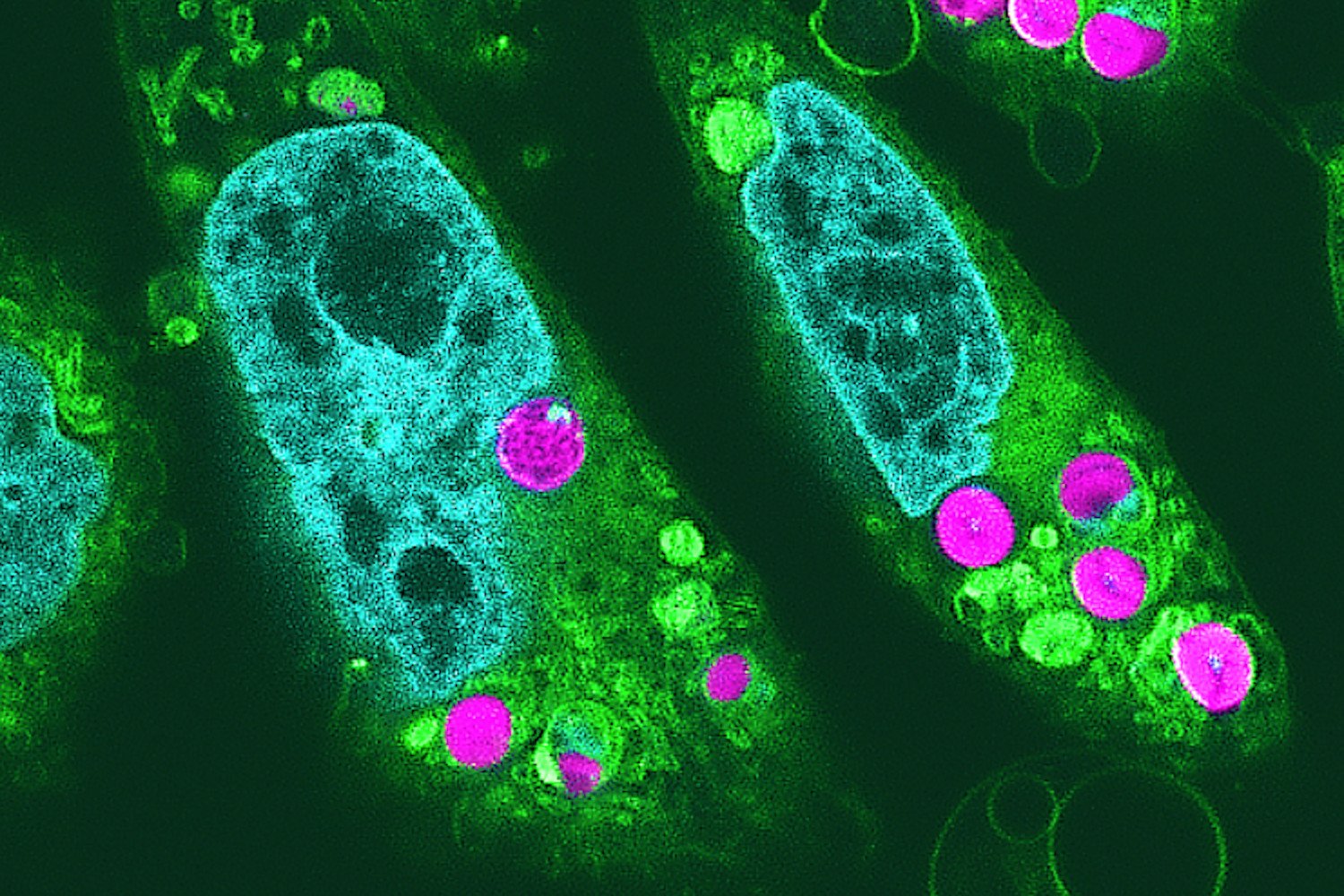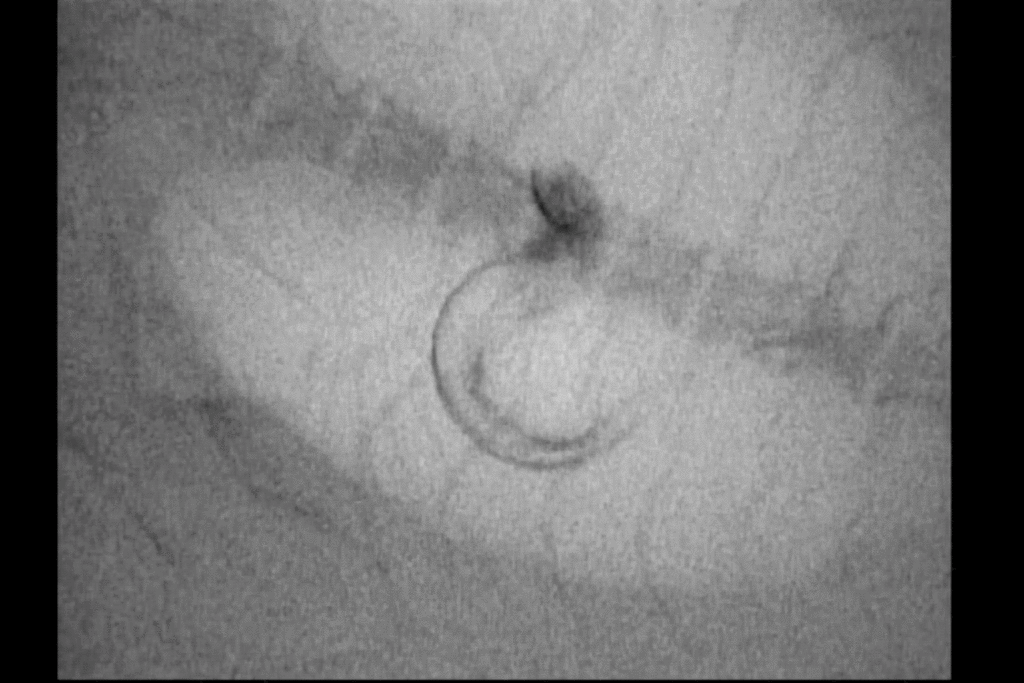The Large Hadron Collider (LHC) continues to be a wellspring of groundbreaking discoveries in particle physics. Beyond its celebrated detection of the Higgs Boson, the LHC plays a crucial role in exploring the fundamental building blocks of matter and the laws governing our universe. Recently, a team of physicists has uncovered a fascinating property, known as “magic,” within top quark collisions at the LHC, potentially opening doors to advancements in quantum computing.
This research, conducted by twin physicists Chris and Martin White, explores the concept of “magic” in top quarks and its implications for quantum computing. Their findings, published in Physical Review D, investigate how the velocity and direction of top quarks produced at the LHC relate to this property. These properties are measurable by the ATLAS and Compact Muon Solenoid detectors at the LHC.
Top quarks, the heaviest known elementary particles in the Standard Model, are one of six quark flavors. “Magic,” in this context, quantifies the difficulty for a classical computer to simulate a given quantum state. The greater the magic, the more complex the system, and the greater the need for quantum computers to accurately describe its behavior. Essentially, for highly complex systems, classical computers fall short, and the underlying science becomes what Arthur C. Clarke might have described as “indistinguishable from magic.” While the term may seem whimsical, its use in physics dates back to J.E. Klauder’s work in 1972.
The White brothers sought to determine whether the LHC naturally produces magic top quarks, and if not, why. “It seems particularly timely to explore whether the property of magic is a natural inevitability at current collider experiments,” they wrote. This question holds significant implications for the development and application of quantum computers.
Quantum computers utilize quantum bits, or qubits, which unlike classical bits, can represent both 0 and 1 simultaneously. This unique characteristic allows quantum computers to process information exponentially faster than classical computers, potentially solving problems deemed intractable for traditional computing systems.
“The higher the magic, the more we need quantum computers to describe the behavior,” explained Martin White. Studying magic properties in quantum systems provides valuable insights into the development and potential applications of these revolutionary machines. This research is not just about understanding fundamental particles; it’s about unlocking the potential of a new computing paradigm.
This discovery comes amidst rapid advancements in the field of quantum computing. Recent breakthroughs, such as Quantinuum’s claim of surpassing Google’s “quantum supremacy” achievement and Google’s unveiling of its advanced Willow chip, underscore the accelerated pace of innovation in this area.
The LHC, which resumed operation in 2022 after a three-year upgrade, continues to push the boundaries of particle physics. Last year, the CMS experiment at the LHC reported progress in the search for dark photons, a potential candidate for dark matter. The upcoming High-Luminosity LHC, slated for completion by 2029, promises to further enhance the facility’s capabilities, increasing the luminosity tenfold and significantly boosting the number of Higgs bosons available for study. With the LHC’s third run currently underway, the future of particle physics and quantum computing looks brighter than ever.











